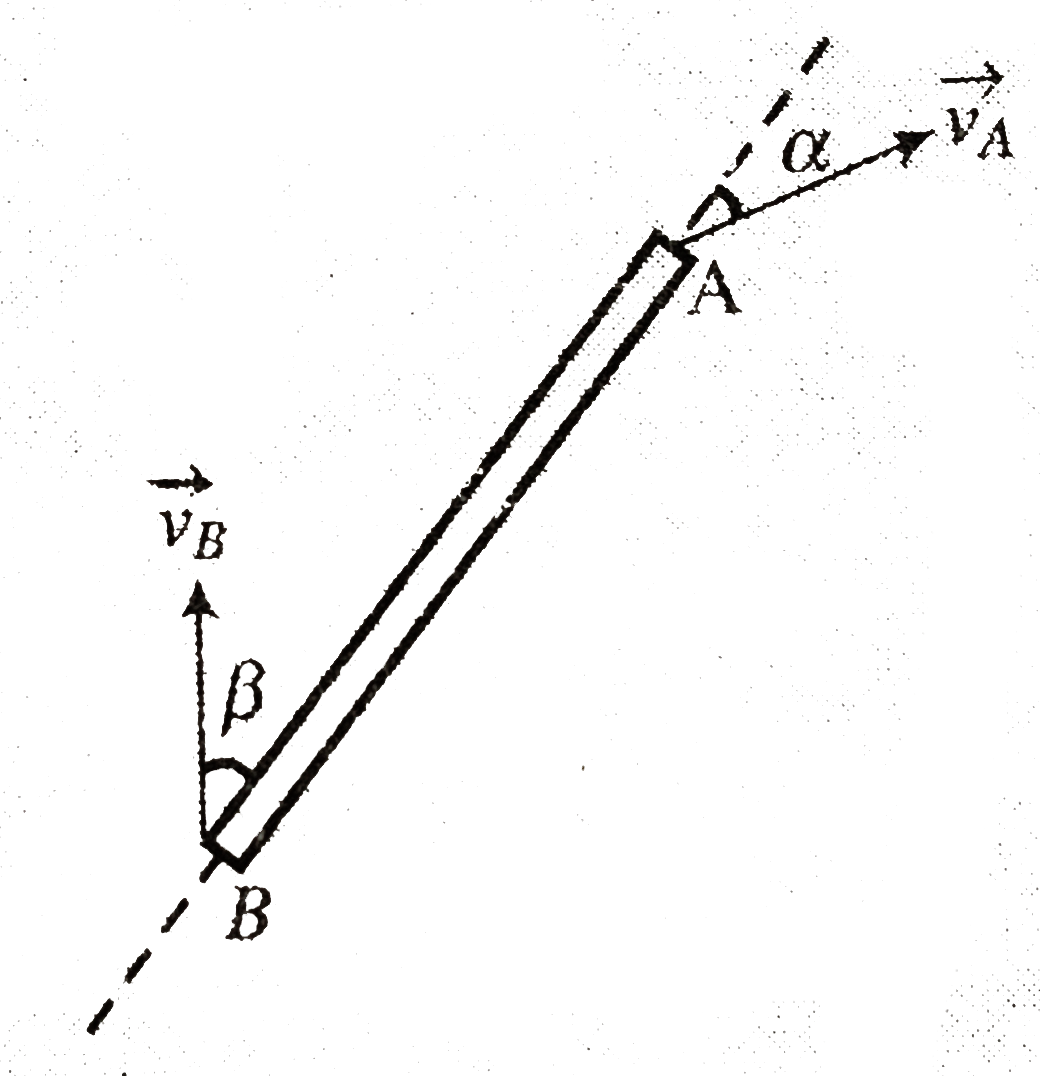Suppose that two objects A and B are moving with velocities →vA and →vB (each with respect to some common frame of refrence). Let →vAB represent the velocity of with respect to B. Then
→vAB+→vBA=0
→vAB−→vBA=0
→vAB=→vA+→–––B
|→vAB|≠|→vBA|
The correct Answer is:A
Step by step video, text & image solution for Suppose that two objects A and B are moving with velocities vecv_(A) and vecv_(B) (each with respect to some common frame of refrence). Let vecv_(AB) represent the velocity of with respect to B. Then by Physics experts to help you in doubts & scoring excellent marks in Class 11 exams.
Updated on:21/07/2023Similar Questions
Two object A and B are moving each with velocities 10 m/s. A is moving towards East and B is moving towards North from the same point as shown. Find velocity of A relative to B (vecV_(AB))
View SolutionTwo object A and B are moving each with velocities 10 m/s. A is moving towards East and B is moving towards North from the same point as shown. Find velocity of A relative to B (vecV_(AB)) .
View Solutionमाना दो वस्तुएं A व B, तथा →vA वेग →vB (प्रत्येक समान संद्भ्रो के परिप्रेक्ष्य में ) से चल रही है। माना →vAB B के सापेक्ष A के वेग को प्रदर्शित करता है, तो
View Solutionअभिकथन: दो वेगों →v1 व →v2 वाली किसी वस्तु का परिणामी वेग →v=→v1+→v2 होता हैं।
तर्क : यहाँ पर →v1 व →v2 कुछ सामान्य संदर्भ फ्रेम (Common reference frame) के संदर्भो में वेग हैं।
View SolutionSuppose that two objects A and B are moving with velocities →vA and →vB (each with respect to some common frame of reference). Let →vAB represent the velocity of A with respect to B. Then
View SolutionAssertion : An object has given two velocities →v1 and →v2 has a resultant velocity →v=→v1+→v2.
Reason : →v1and→v2 should be velocities with reference to some common reference frame.
View SolutionTwo object A and B are moving each with velocities 10m/s. A is moving towards East and B is moving towards North from the same point as shown. Find velocity of A relative to B (vecV_(AB)) .
View SolutionThe ends A and B of a eod of length l have velocities of magnitudes |→vA|=v and |→vB|=2v respectively. If the inclination of →vA relationn to the rod is α find the
a. Inclination β of →cB relative of the rod.
b. angular velocity of the rod.

View Solution

